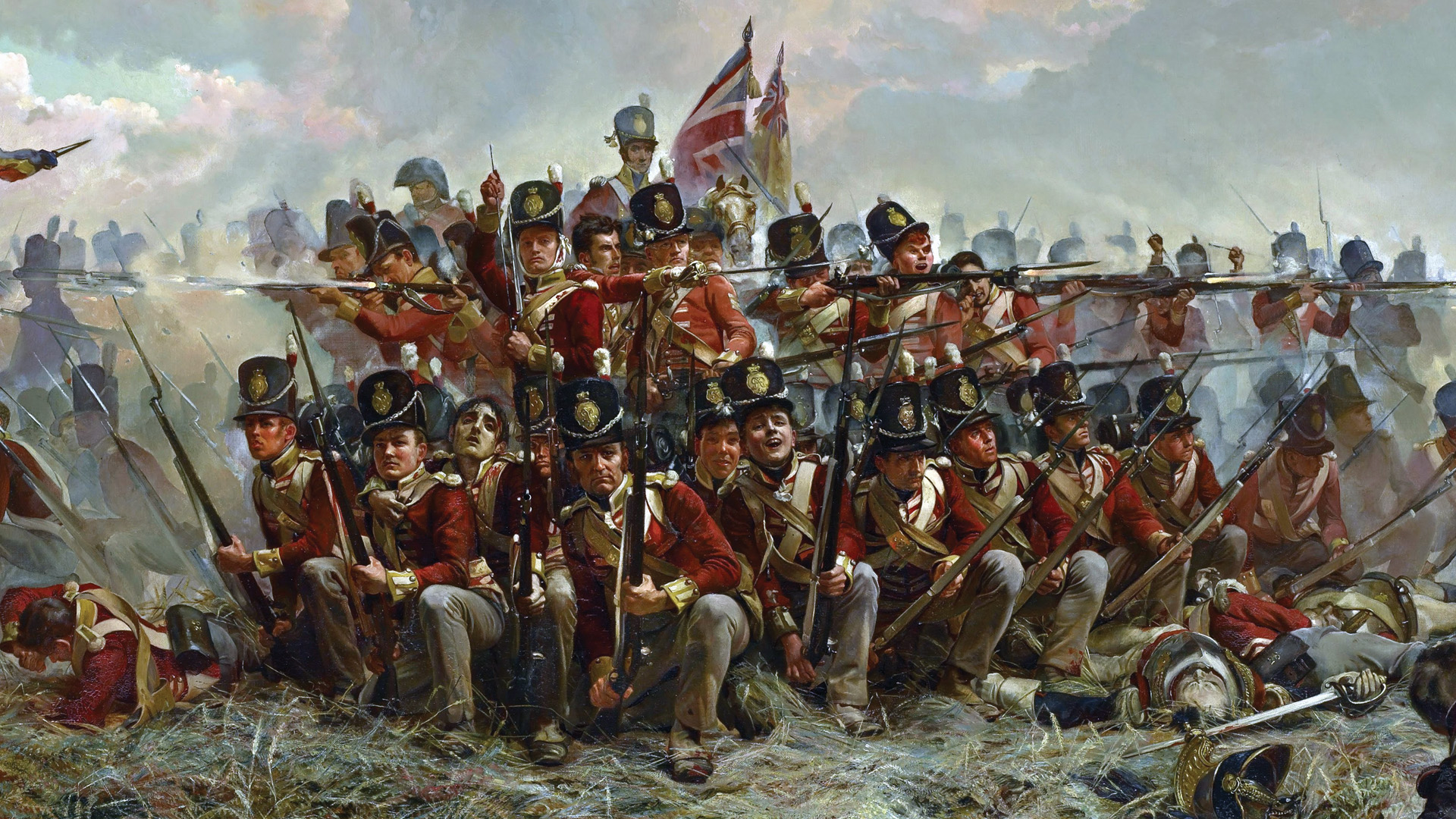

Field Marshal Arthur Wellesley, 1st Duke of Wellington

Generalfeldmarschall (Field Marshall General) Gebhard Leberecht von Blücher

Napoleon I, Emperor of the First French Empire

Marshal Michel Ney, 1st Prince de la Moskowa, 1st Duke of Elchingen

The Battle of Waterloo is one of the most famous battle of the Napoleonic Wars and marked the end of the First French Empire as Napoleon was forced to abdicate and was sent into exile for the second time. The Battle involve a multinational coalition under the Duke of Wellington and a Prussian army under the command of Field Marshal Gebhard Leberecht von Blücher, they faced Napoleon's French army. The battle saw the coalition forces survive one of the largest calvary charges by moving into squares, thus negating the calvary charge ordered by Marshall Ney. The Coalition forces numbered 113,000 men (68,000 under Wellington and 45,000 Prussians) and the French forces numbered around 72,000 men. The Coalition had a 156 artillery guns while the French had 254 artillery guns. The total casualties for this battle were approximately 62,000 men with 22,000 coalition casualties and 40,000 French casualties.